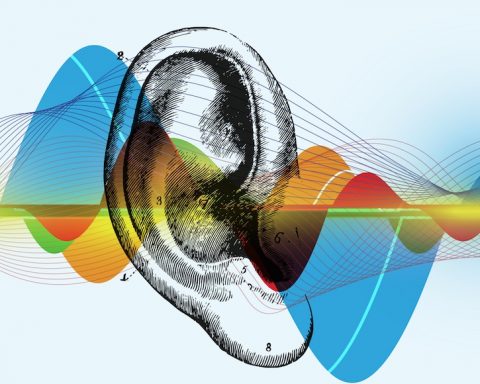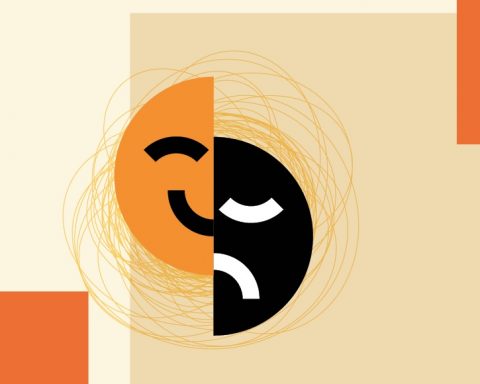Dyscalculia: how to spot it and factor it in your daily life
Back to school! Books at the ready! History, geography and maths… yes maths: the spook of diligent pupils since arithmetic, calculus and geometry were invented.
Back to school! Books at the ready! History, geography and maths… yes maths: the spook of diligent pupils since arithmetic, calculus and geometry were invented.
But what if the venially convoluted paths in the maths labyrinth, that the national syllabus claims to be essentially educational towards problem-solving for pre-teens, tweens and teens, become an indecipherable code nightmare of cryptic symbols and senseless spatial directions?
Dyscalculia is a learning disorder which is generally regarded as the mathematical equivalent of dyslexia, because it impairs a child’s ability to recognise, understand and use numbers and their signs, akin, but not scientifically comparable, to the dyslexic’s difficulty in dealing with letters.
Unlike dyslexics who may be disappointed in their reading and writing efforts, but usually excel in art, music, and sports, dyscalculics find music notation or choreographies challenging, which frustrates their bid to play an instrument or take up dance, limits their team work in collective sports, and hinders their sense of composition in drawing and photography.
Dyslexia and dyscalculia rarely occur together, but over 10% of children with dyscalculia are also diagnosed with ADHD; dyscalculia is common in people with Turner Syndrome and spina bifida. It has no connection to, or implications on, IQ.
It is estimated that 3-6% of the population suffers from this condition since birth and has to come to terms with it in everyday usage of numbers, time, measurement and orientation.
There is a sizeable risk of over- or under-diagnosing it, because it isn’t easy to draw the line between conscious disinterest in the world of maths and its abstract problems and the cerebral impediment to count, in order to spot dyscalculia as early as possible and commence treatment. Often, it isn’t until a child struggles disproportionately with simple additions and subtractions that teachers start sussing out the problem and advise parents to seek medical attention.
Red flags are: fiddling with telling the time from analogue clocks; difficulties speaking the name of a single-digit number, for example if a 4-shaped candle is placed on the cake and the child is asked “What is it?”, the answer will come as “candle!” even when prompted that it is indeed a candle, but fashioned like a specific concept they are invited to name; inability to accurately guess the number of objects in a small group, or compare the distance of two or more landmarks; confusing 6 with 9, 2 with 5, 1 with 7, and 3 with 8 (not necessarily all at once!); failure to identify geometrical shapes without a practical aid, for example triangles are pizza slices, spheres are balls and polygonal figures are pound sterling coins.
One quick test is ‘subitizing’, i.e. estimating a number of items without counting them one by one. It is proven that a five-year old child can correctly estimate up to six at a glance, particularly when playing board games with dice. Failure to do so isn’t of course enough for a dyscalculia diagnosis, but the child should be encouraged to try again and stimulated with simple alphanumeric problems to gauge their literacy and numeracy and compare progress in each.
Sometimes, affected children do just fine in pre-school, and symptoms become more apparent as long as their maths studies progress: they may in fact be comfortable with naming numbers or telling the time, but their brains get mumbled when confronted with multiplication, division, fractions, no matter the amount of visual aids; almost paradoxically however, their struggle mellows with algebra, just because it uses alphabetical symbols instead of numerical.
The good news is that almost a third of children diagnosed with dyscalculia improve over the first four or five school years, but it isn’t clear whether this is due to early misdiagnosis, or just to the overcoming of physiologic delays in matching developmental milestones.
Academically, dyscalculics are inclined to pursue careers in humanities, as they excel in reading, writing and storytelling, but college students affected by dyscalculia, even mild, must be supervised in their financial planning, as they often fail to comprehend budgeting, balancing, and estimating whether they’re carrying enough money to pay for the items they’ve slipped in their shopping basket.
Research in dyscalculia is still in its infancy, because it carries some practical problems in consistent and continuous experimenting on large groups of subjects, so consensus on correct diagnosis is loose, and often it is too conservative.
Causes are unknown, and bids to prove them as environmental, hereditary or congenital have all returned inconclusive, although, as mentioned earlier, this disorder is associated, and perhaps caused, by other conditions.
Treatment is usually tailored to each patient, and greatly helped by technology, with specifically designed software.
Dyscalculia and acalculia (total loss of the concept of numbers) can strike in adult age as the result of brain injury, like trauma or stroke: often their effects can be reversed through rehabilitation.
The opposite, called hypercalculia, exists too, and it seems to be linked to autism spectrum disorders and associated with hyper-perfusion of the parietal areas and overdeveloped right temporal lobe.
Dyscalculics are highly sociable, real party animals – their lucky number is ‘the more the merrier’ – despite having trouble in telling apart new acquaintances whose names begin with the same letter.
And of course, they shilly-shally at acknowledging the number of drinks that amounts to ‘one too many’.
Also known as 45,X and 45.X0, this is a rare genetic condition that affects only girls who are born with swollen feet and hands and grow up with webbed neck, low-set ears and require hormone treatment to develop breasts and produce their menarche, albeit often remaining infertile.
This article is aimed at being informative only with no medical or diagnostic pretenses. Consult your GP if you suspect someone is suffering from the condition described.









